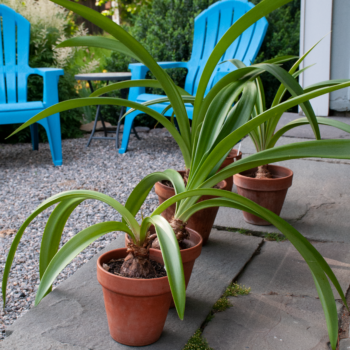
Spring-flowering bulbs follow a unique and efficient bulb growth cycle that sets them apart from most other plants. They spend much of their life underground, timing their growth and bloom to perfection. Here’s how the cycle unfolds:
- Fall: Roots develop underground to prepare for winter.
- Winter: The bulbs lie dormant, waiting for the right conditions.
- Spring: Shoots emerge, leaves unfurl, and flowers bloom.
- Early Summer: The leaves die back, and the bulb reenters dormancy.
Why Energy Storage is Key to Bulb Growth
Bulbs rely on their short time above ground to store energy. Through photosynthesis, the leaves absorb sunlight and convert it into energy that sustains the bulb through dormancy and fuels the next year’s growth. This energy storage is vital for producing roots, leaves, and flowers in the correct sequence.
Let the Leaves Do Their Job
After the flowers fade, the leaves remain. While they may appear unsightly to gardeners, those leaves are hard at work. They gather energy to power next year’s blooms. Cutting the leaves too soon forces the bulb to sacrifice the energy it needs to thrive.
Tip: Wait until the leaves have yellowed and died back completely before removing them. This patience ensures a healthier bulb and more vibrant blooms the following spring.
Understanding Dormancy: Alive and Thriving Underground
During dormancy, the bulb might seem lifeless, but it’s far from it. Inside, the bulb is conserving energy and maintaining its viability until the next growth phase. The dormant period is just as critical to a bulb’s lifecycle as its active stages.


